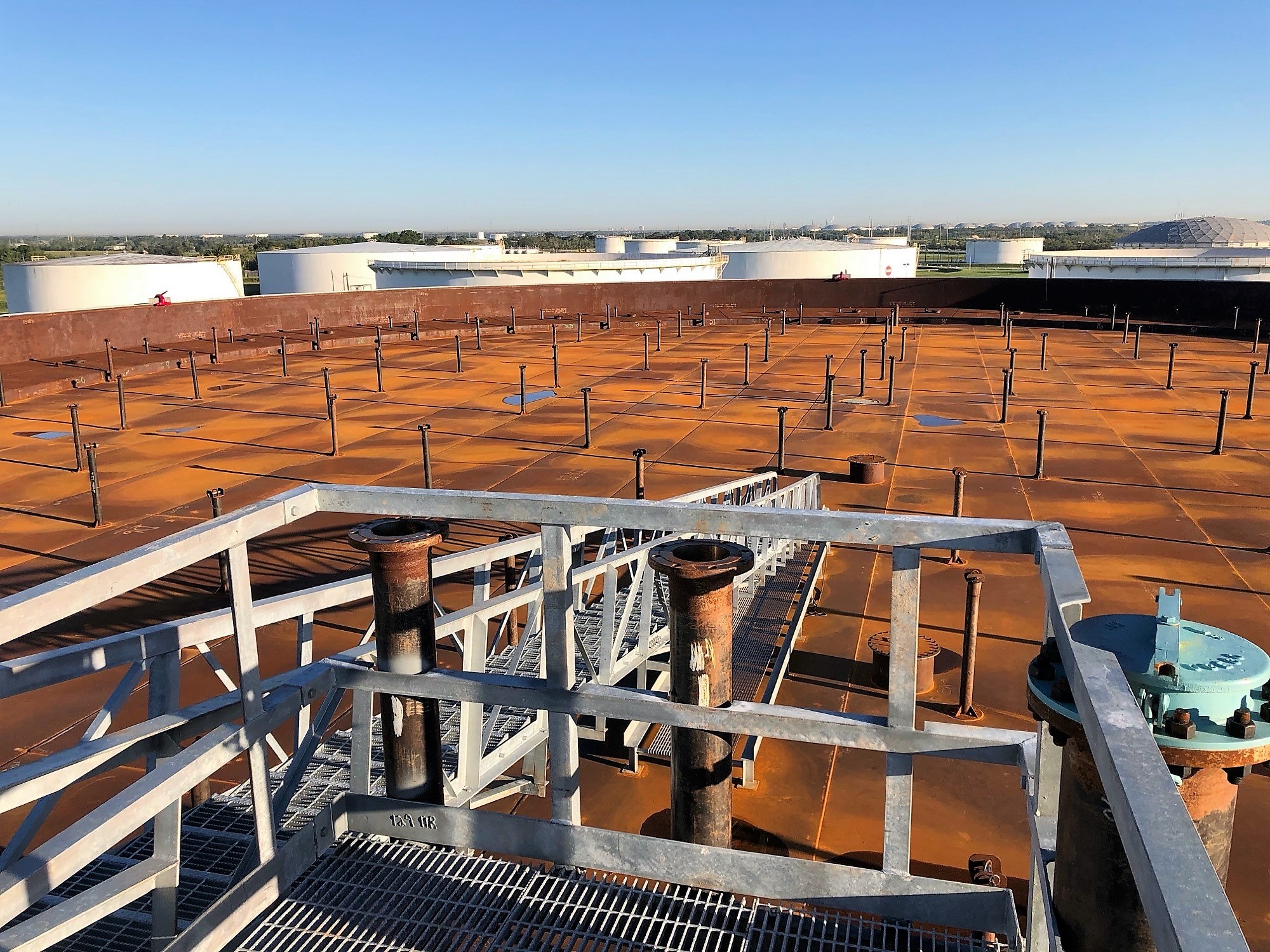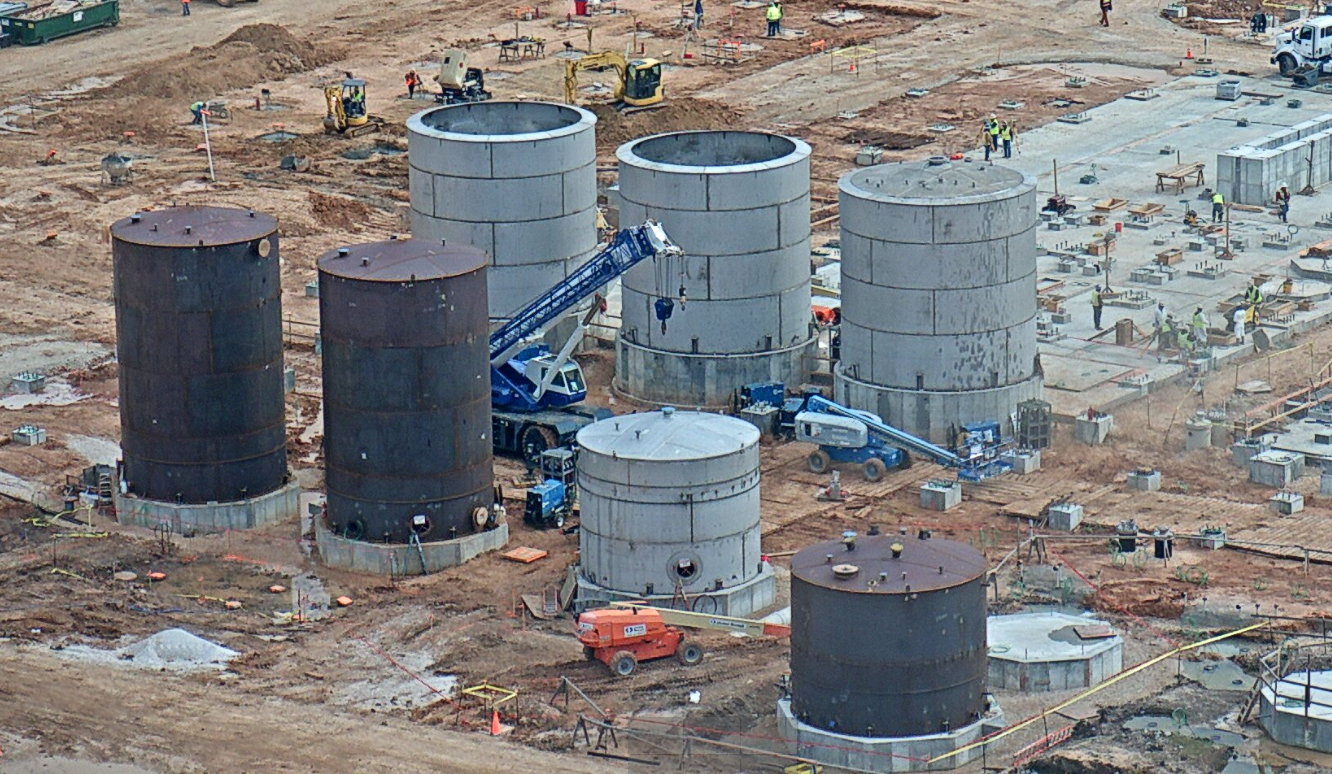Turnkey Industrial Construction Services
PALA is your single source for turnkey industrial construction services completed safely and according to your exact specifications. From aboveground storage tank construction to vessel fabrication and more, we take a personal approach to every project we complete, delivering exceptional results through safe industrial construction practices.
Tanks
Turnkey aboveground storage tank design and construction, built to meet API-650 and API-620 standards.
Vessels
The pressure vessel design, fabrication, & repair services you need. Our alloy specialty means we can handle any material.
Fabrication Facility
Our Louisiana fabrication shops offer 94,000 sq. feet of space. Every inch is dedicated to your tank & vessel fabrication needs.
Industrial Construction
Your turnkey solution for any industrial construction project, always completed safely and to the highest quality standards.

Delivering Industrial Construction Solutions That Exceed Your Standards
Industries We Serve
PALA is proud to serve some of the largest companies in the refining, chemical, energy, process, manufacturing, and food & beverage industries. With client relationships spanning over 40 years, we are dedicated to building long-term partnerships by delivering the highest standards of safety, quality, and on-time construction. Just some of the industries we serve include:
- Refining
- Chemical
- Tank Terminals
- Petrochemical
- Food & Beverage
- Manufacturing
- Oil & Gas
- Pulp & Paper
- Consumer Products

Safety is Our Number One Core Value

PALA has always placed safety ahead of everything we do for our customers. We know that safe industrial construction practices lead to exceptional results, and we’re proud to exemplify a culture of safety across every worksite activity.
What Can PALA Construct for You?
Whether you have a question about our solutions, our service areas, or our fabrication capabilities, the PALA team is here to help. Leave us a message and one of our team members will be in touch as soon as possible.




